The Free Dictionary defines ethics in the following manner:
eth·ic ( th
th
 k) n.
k) n.
1. a. A set of principles of right conduct.
1. b. A theory or a system of moral values: “An ethic of service is at war with a craving for gain” (Gregg Easterbrook).
There is not much in there about law; it seems to focus on that vague and ever wobbly idea of “morals.” Since morals, customs, and philosophy are so subjective, how do you decide when to take a questionable picture or not? And once taken, do you share it, or just keep it for yourself?
As a Capricorn, I am meant to love and adore rules.
Let me tell you why I’m asking this. Y’see, over the years, I’ve gotten to be less tolerant of blindly following rules, but more sensitive to the rights of individuals. While I understand that there are some rules legitimately in place for reasons I might actually support if I knew what they were, usually it’s… well, pretty darned dumb.
Note: peoples’ desire for privacy, dignity, and respect does not fall in this category.
For example, if a person in an office of so-called authority doesn’t want to be photographed or videotaped (is that still a word, now that we’re all digital and stuff?) because they might get caught in some questionable activity in the course of their duties, well, buddy, you can suck it! If, on the other hand, the same person wants a quiet dinner with their family, or a day of nude sunbathing, then they deserve to be left the heck alone.
Since part of my personal agenda is to encourage people to get out of their neighborhoods and their comfort zones — and go travel! — I want to take pictures of all the cool and beautiful things I discover. If I think a famous piece of archaeological or historical significance may inspire someone to get their passport and buy a plane ticket, you bet I want to take a photo!
I find myself baffled by museums and heritage sites that don’t allow photos to be taken, even of objects that will not be damaged by accidental flash. While I object to the British Museum holding on to cultural treasures that were stolen from other countries, I appreciate that they at least let you take pictures of things. I mean, the assessed value of the Elgin Marbles probably weighs in at a little more than a thousand words, but hey — it’s somethin’!
The Rosetta Stone at the British Museum.
Not stealthy at all — more like combat photography.
Both the Museum of Egyptian Antiquities in Cairo and the Louvre have waffled on the subject of photography, sometimes allowing it, sometimes not. At the latter I was lucky enough to visit while it was ok to take pictures; at the former, I was not. (It’s really a bummer, since some of the stuff went missing during the January demonstrations.)
As I write this, I am reminded of Lisa’s post over on Chickybus about the ethics of travel photography. It’s a thoughtful post with some nicely nuanced feelings and dilemmas expressed. (After you finish this post, please go have a read!) My quandaries are of a slightly different nature, since I have, as stated, an agenda. In my mind, my evil plan to encourage travel and international friendships takes higher precedence than rules that allow a museum to be the exclusive copyright holder of all images of a famous painting (but– but– you can buy a postcard at the gift shop! …Feh.).
Here are a couple of examples of my feelings on forbidden pictures I’ve taken (or not) and why:
1) The Palazzo Ducale (Doge’s Palace) in Venice, Italy. (See first photo of the post.)
At the time this was taken, I hadn’t started a blog yet, though I did like sharing pictures with my family. I knew pictures weren’t allowed, but I was being a dipsh** American. It was New Year’s, I was in Italy, and what the heck? The zodiac clock was even showing my astrological sign! Everyone else was taking pics, too, right? Wrong. It was bad, really bad. The light was low to protect the integrity of the paintings and fabrics. My flash went off. Gah, what a dope! Would not do that again.
2) The Zanzibar cop we came to refer to as The Terminator.
He was not especially ethical. We must have gotten stopped 4 or 5 times every time we went into town from the resort we were visiting on the east side of the island. Some of the guys were not in uniform and clearly just wanted money; others were in uniform – and wanted the same thing. Our driver was mightily annoyed. They knew he didn’t carry money and they knew what they were asking was illegal.
The Terminator caught me taking his photo (he really does bear a striking resemblance to Arnie!) and told me to delete it. I pretended to do so and showed him a picture of some women walking down the street as “proof.” It might actually be illegal to photograph police officers in Tanzania, I don’t know. I do know it’s illegal to ask for bribes just for driving on the damned road. Does his wrong make it right for me to commit a wrong? No, but I don’t think this is a wrong. Maybe I’m still being a dipsh** American. But no regrets (though I still blurred his face).
3) Kilkenny Castle – a place where I *wish* I had gotten stealth photos.
Y’see, there are some details on the walls up near the roof that I found absolutely mesmerizing. My visit had been rather spontaneous, so I hadn’t called ahead to ask if I could come in a semi-official capacity (the words “travel writer” sometimes open magical doors to discounts and photo ops).
I chatted with some of the guides who worked there and they were really excited at the idea of me promoting their unusual workplace, even asked if they could send me suggestions of other places to visit in Ireland. They needed the tourism, they said, and really wanted to get more people excited about visiting historical sites. They said that sometimes journalists are let in before opening hours to get photos without having to deal with crowds. I was all for it! Told ’em I could even take a bus back up the following week to grab some snaps.
I duly emailed their contact person and… nada. Or rather, a big NO PHOTOS policy emailed back. I had asked for a press kit, too, just in case, and with a specific request for certain details in the gallery. They sent me the above photo. Well, it’s lovely and much more professional than what I likely would have gotten, but it so utterly missed the things in which I was interested. They also said that photography was not allowed “for obvious reasons.” Really? It’s not obvious to me.
The place is well lit by sunlight, so you’re clearly not concerned about damage from UV light or flash, even if there had been a need for it. If you want to promote tourism, let people help you promote it! My excitement over the architecture of this unique bit of Irish history will forever be overshadowed by their — dare I say it? — nigh British level of unhelpfulness.
4) Moroccan wedding procession in the Middle Atlas.
I was actually pretty uncomfortable with this one. Rachid kept telling me to take pictures, but I didn’t want to offend anyone, not after his endless warnings about Moroccans not liking having their photos taken. Throughout our trip, he professed bafflement over why anyone would be weirded out by photography, despite being a product of the same culture (as mentioned before, he’s really quite a ham — that is, a goof for the camera, not a pig-based food product).
It only occurred to me months later that maybe some of the Moroccan distaste for photography stems from the rejection of “figurative art” in Islam. Contemporary Islamic art is about beautiful geometric patterns, but you won’t find figures of people. I don’t know, though — still so much to learn!
In any case, Rachid is a bit of a mischief-maker and had it all figured out. When he goes out with his guests, if they want to take a picture, he bends down to tie his shoelace. That way, if anyone gets upset, he can claim that he didn’t see what that pesky foreigner was doing, apologize profusely, and promise that it won’t happen again.
Oh, Rachid, you’re so sneaky!
After a bit of walking with the procession we saw a little Moroccan girl using a pink smart phone to take a photo. I nudged Rachid, “Hey, she’s not getting mobbed!” He shrugged and said, “Go ahead!” …and proceeded to tie his shoelace.
I snapped a few photos, not at all stealthily, and mostly of the backs of peoples’ heads as the crowd passed by us. I have to say, I am glad I got this picture, though. You can see two women dancing and whipping their hair around in celebration. It looked really cool. The music was great, too!
(Can’t see the player? Listen here: http://media.tourabsurd.com/audio/moroccan_wedding.mp3)
I don’t know what the wind instrument is, but I dig it!
5) Forbidden Prada
On my first visit to Rome several years ago, I was walking around the fashion district with a couple of other tour members (quick day trip from Naples). I’m not much of a high-end clothing fan – unless it’s super lightweight, amazing travel wear, that is – so I mostly found the whole thing amusing. The woman from the married couple I was walking with, however, was ALL about the labels.
At her request, we had taken photos of her standing outside the shops of some of the most famous names in clothing. She was quite excited when we found the Prada store and decided to go inside, even though she probably wouldn’t be buying anything. We both had point-and-shoot cameras and had been wielding them freely out on the street, snip-snapping anything that caught our respective fancies. This continued on into the store.
Prada Employee Lady was not amused and shook a finger at us.
“No photography in the store!” Uhh… Don’t you people PAY thousands of dollars to get your photos and products placed, oh, freakin’ EVERYWHERE? Sure, sure, it’s all under carefully controlled conditions to protect the “brand image”, whatever the heck that really means, but if you’ve set up your store properly, then what could we peons do to muck up your plucked, tanned, and carefully-coifed image? I really mean that – what could we do?
Just then she got called away, probably to deal with someone less scruffy and more money-lookin’ than us. So we took some sneaky photos just to spite her.
Years later, I found the idea of “no photos” in that area of town even more hilarious, since walking around Rome at midnight means you can take as many photos of Prada, Versace, Chanel, Armani, and Dolce & Gabbana* as your stylish little heart desires.
*be sure to pick up a “Doccia & Gabinetto” (“shower and toilet”) shirt from a street vendor. ;)
6) High Crosses spoiler alert: they are replicas!
While Couchsurfing in Dublin one weekend, I went with my host to visit the National Museum of Ireland to see the High Crosses exhibit. Guess what? Turns out they are not originals, but plaster casts. Guess what else? That’s right — no photos allowed. I guess they were afraid the plaster might… die of shyness?
Dang, Ireland! You know I love you. I even made a calendar of some of my favorite snaps at one point. I want to help you with the financial crisis by encouraging travel. Why do you thwart me at every turn? I want to learn about history, too, and get other people interested in learning about history. You must also want that if you set up this big ol’ museum, right?
Why don’t you want me to share?
My feelings about this are mostly amused. However, I am more Capricorn than I like to admit: breaking rules often gives me the heebie-jeebies. But they had a docent guy there meandering through the rooms and, after a while, it became kind of a game to pretend to be moseying over to inspect something behind a curtain while my host played lookout. For all I know they had closed-circuit TV and are, even now, hunting me down. This post could be my downfall. But come on! It was freaking plaster!
…and heck, this post may yet entice people to come visit and spend their tourist money here anyway. Don’t hate on me, Ireland!
I remember an early, early episode of the Simpsons where Bart was harassing the mail carrier after he’d sent in enough cereal box tops for a spy camera. Every day he’d be all over her, “Where’s my spy camera, lady? Where’smyspycam? WHERE’S MY SPYCAM?!?” Since that time I have totally wanted a spycam, even going online regularly to look at and drool over the technology as it gets smaller and more stealthy. I would totally groove on a website like PostSecret, but for spycam photos. It’d have to have some rules about protecting the privacy of people, of course, and the potential for misuse would admittedly be huge… but that’s why it’s a fantasy, not a URL. ;)
So what does all this mean? What it means is that I Want A Spycam. But more than that, I want there to not be a need for spycams. More transparency, more free exchange of information, more freedom in general. And until then, I still have my daydream!
Do you break “the rules” in the name of good,
eeeevil, or just plain mischief?
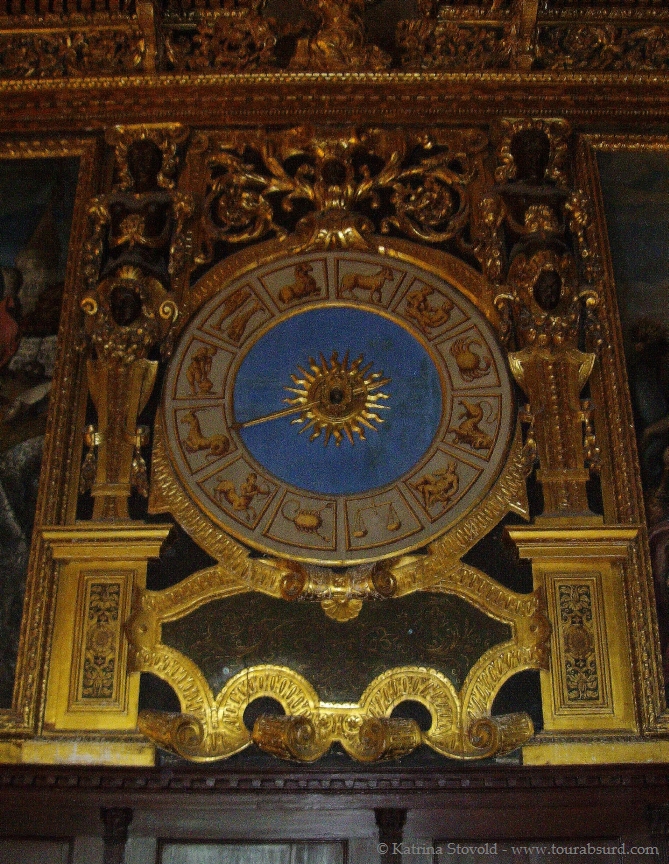
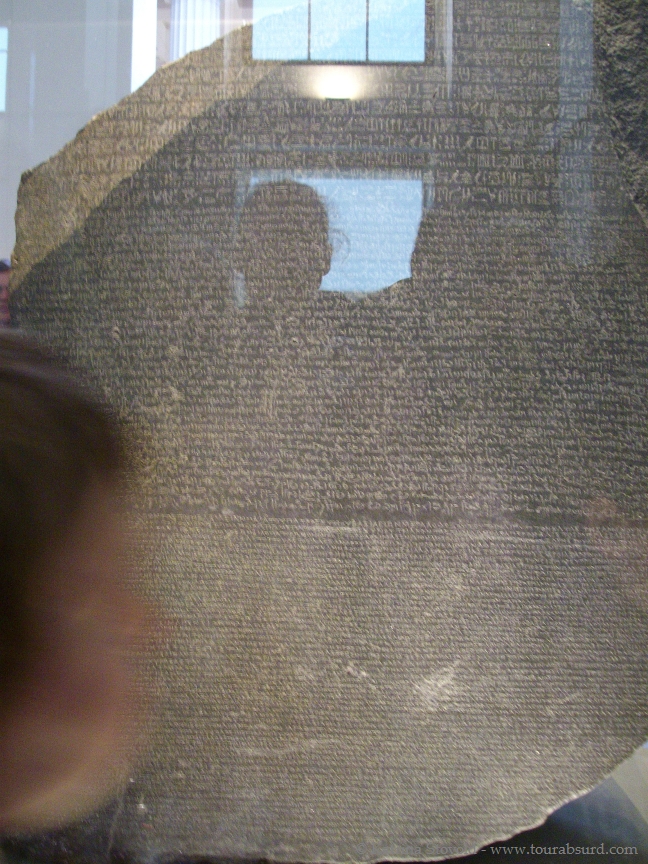
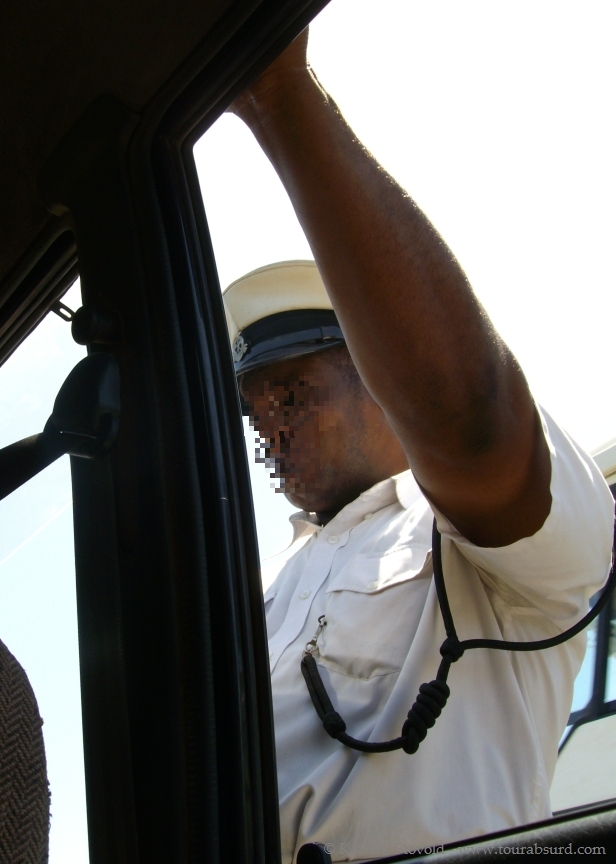


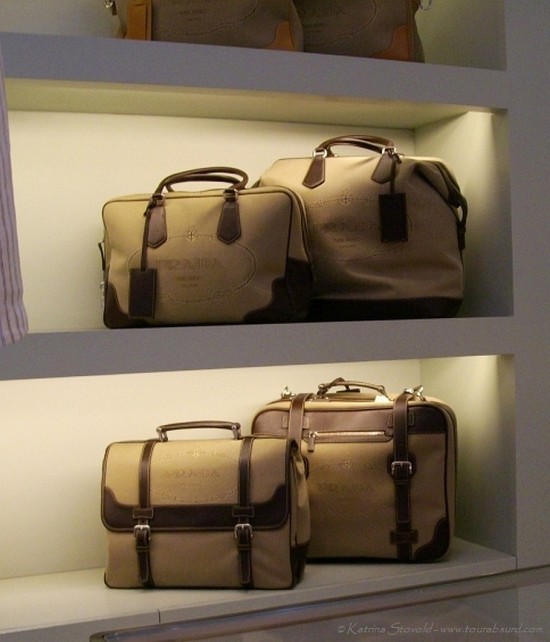


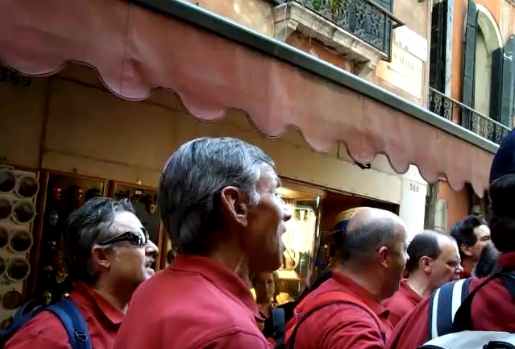
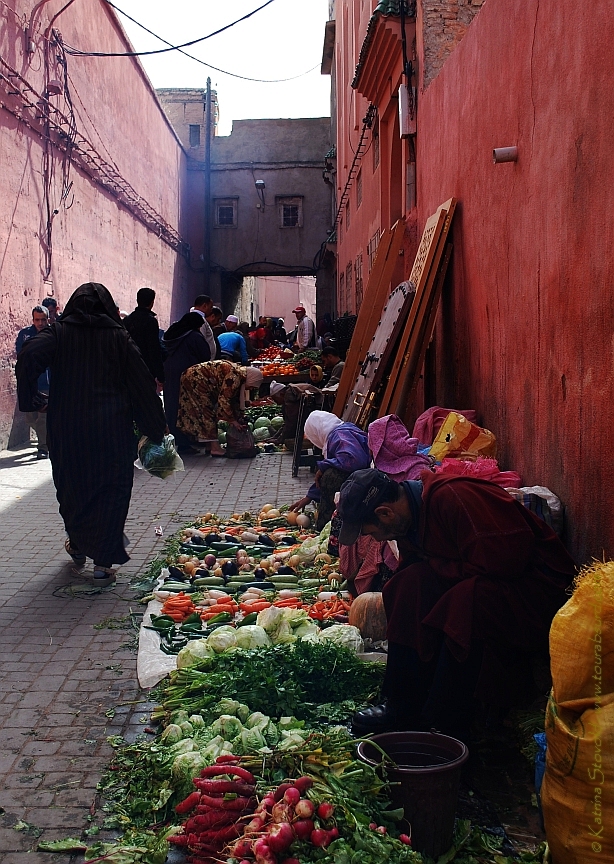
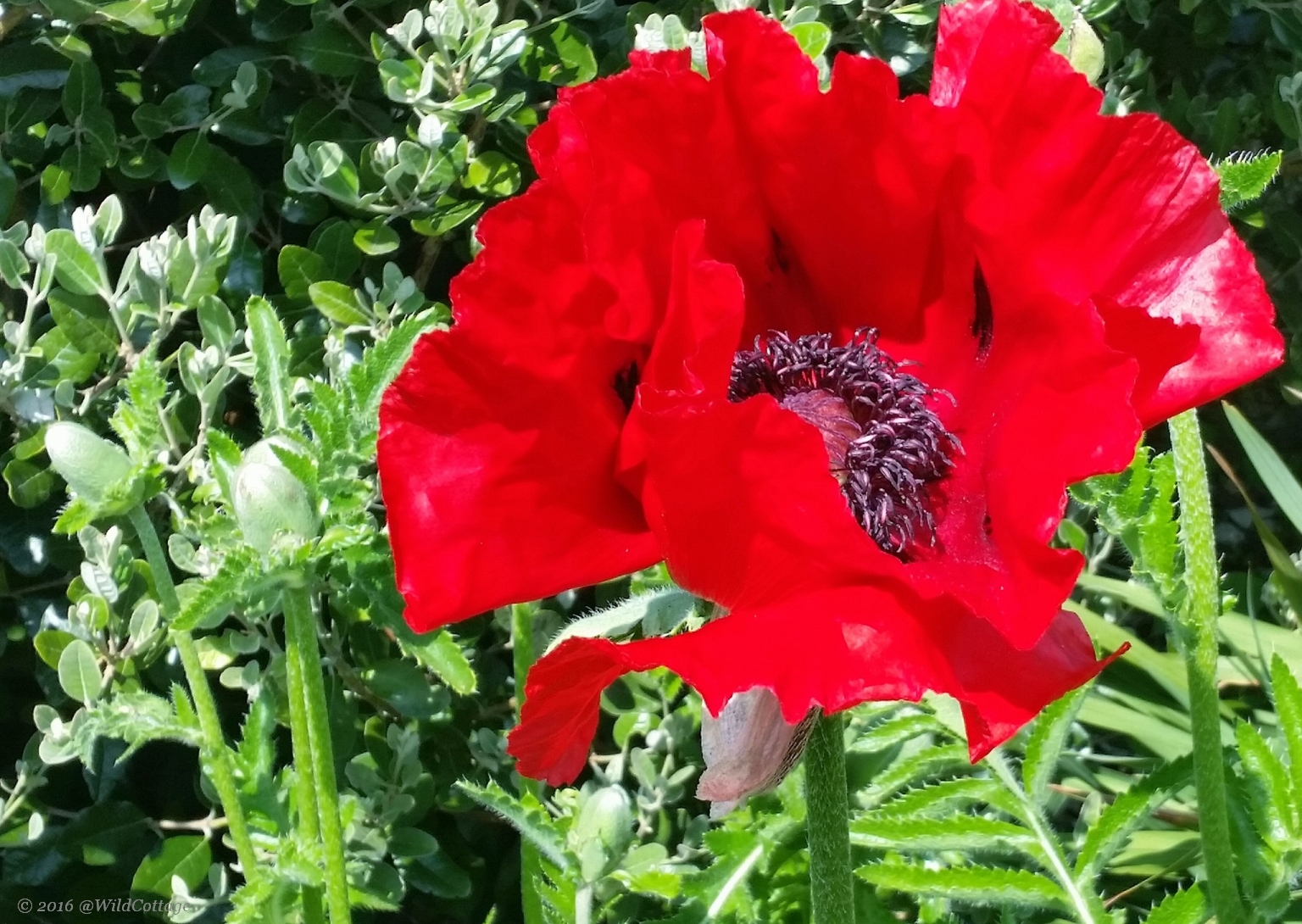
Great post – There’s a lot of nonsense around when it comes to taking photos of objects and buildings.
I’ve been chased by guards on a film set even though I was taking pictures from public land, chastised by guards in open air shopping centres, told I would be charged exorbitant prices to take photos in an airport, advised I couldn’t enter a public gardens to take photos for a magazine without a permit (if I was just a tourist it would have been okay) and warned if I took a photo of an iconic building that I could be sued as the building itself was copyrighted.
Now I play happy daft – take the shots till someone stops me.
I do actually have a spy camera given to me by someone who claimed to be a spy. I’ve never used it as it still has film in it and the guy who lent it to me warned me if I got it developed he’d have to kill me :)
I find that playing dumb – especially stupid, friendly American – gets me a lot of leeway in certain situations. That’s a good reminder tip right there, Jack, thanks!
Now about that spycam you’re not using…
I was disappointed that the National Museum in Dublin doesn’t allow photos and completely stung by the rude way they fuss at you. Or perhaps it was just disturbing because I was scolded while taking a photo of the tile floor in the entryway! The entryway! My only thought was that it is close to the gift shop so perhaps they thought I was casing the joint. Either way, it would be nice if they just posted a sign on the front door.
Same goes for the Spanish Riding School in Vienna where there is a sign stating no flash photography, but when you get your camera out you’re actually told no photography AT ALL and they look at your and walk past you at regular intervals if you even have a camera in sight. It’s off-putting to say the least.
Ooo, totally agree about the Spanish Riding School! I was so excited to be there that I was even a little choked up. I’d seen traveling troupes of Lipizzans twice in the US, but to see a performance *in Vienna* was a dream come true.
I didn’t end up going on the tour of the stables afterward, though I may go back again some time. I did, however, get a few snaps of the courtyard, since that is permitted. I think I need to get better at photography, write a few more articles for Examiner.com and other publications, then contact them in a professional capacity. Maybe then I’ll get an excellent seat and be encouraged to take photos of those magnificent horses!
I do enjoy stealth photography – on the bus, in a museum, etc… I think many places aren’t so concerned about a flash as they are $. Generally those that don’t allow it also sell books of the collection in their gift shop/store and will direct you there for images.
Others don’t want you to make money off the image and if you sign something saying you won’t then they’ll supply you with a quality image for free – I used to work in a museum where this was done.
The other alternative is to hit Social Media and ask for images of what you want in the event someone got a good one back when it was legal for that location or item and then give them credit.
Sticky situation.
Hi, Maria! I like the idea of finding pics by others to feature. Only, how would you verify that they did it while it was permitted? Maybe they are stealth photographers, too. :D
I also like the idea of getting an image from a museum, but since for me blogging is about the individual experience (wall details vs. an overview of the room, for. ex.), it sometimes falls flat. What they need is to have a museum photographer on hand who can come get official photos of the stuff *you* want. That would be great — I wouldn’t even have to lug my camera around!
I agree that most places appear to be interested in copyright and profits, rather than protecting the art. It’s a shame, too, since it’s so short-sighted. Studies, that were promptly ignored or even repressed, by the music industry showed that pirating actually boosts music sales. Press is press, and people do want to support artists and even national monuments. Let the knowledge be shared!
I admit, I snuck a picture at the Long Library at Trinity College – how could I not? I love books and libraries and know enough not to flash.
Drove me crazy when I couldnt take a picture of David at the Accademia in Florence. The marble is not going to fade and Im not going to buy the book (although the apron sold on the street was tempting!)
My issues with travel photography are more about taking pictures of people. Im not very comfortable with it, unless they want to sell me something and I offer to tip them for a photo instead. I have actually taken the touristy double decker buses, or sat in wait with my 300mm to get stealth pictures.
The only time I really got into trouble other than a few wagged fingers was at the National Orchid garden in Singapore. I noticed a gorgeous, unique flowering tree unlike any I had ever seen before – it was up against an “employees only” gate – and as soon as I took the picture, 2 guards came over and yelled at me for being near the gate.
Ah, yes! The library at Trinity. I love books, too, and it was marvelous to walk up there and just soak in all that knowledge and potential!
I remember the David aprons. Hmm. Next time I am in Italy I may pick one up. It would make me giggle. :D
I think the telephoto lens is a kind of spycam, just not one you can disguise as a lapel pin. ;)
Great personal point of view. Enjoyed everything, especially Blarney Castle, which brought back memories … We arrived at the castle just before closing time, around 4pm -. quick dash up the stairs to the top to kiss the Blarney Stone. Although excited about being able to take part in this tradition, once upon it, I suddenly realized that millions of lips had already smooched the stone. After about 10 minutes of arguing with the “Safety” man (what a joke) about why people should kiss the damn stone, and he says to me, “Because it will bring you 7 years of good luck!” That worked, so, I got on my back, hung my head outside the castle wall puckered. Now’s the best part … The rain was coming down in big drops now, not pouring but loud on the big leaves, as I approached the fairy garden. I swear, I heard giggling. So there I was having a mindful conversation, thanking them for guiding me straight away to their secret spot and snapped a quick shot. This was before digital cameras, so I couldn’t wait to develop the photo, and when I did…there was nothing… Coincidence? I think not!
Thanks again, Krystina. And thanks for your nice comments on LinkedIn, too. :)
The castle in this post is actually Kilkenny Castle, though I do have a couple of posts on Blarney (https://www.tourabsurd.com/blarney-castle/ and https://www.tourabsurd.com/blarney-castle-gardens/). It is, indeed, a great place to visit. Oh, and the guy at the top has a spray bottle to clean the rock now. (Don’t know how often he used it, heehee.)
I lived on Whidbey Island for a time and many of my friends told me there were faeries present in the woods. I have been known to leave out snacks for them on occasion, and I have indeed heard some interesting things among the trees and ferns! I’m pretty sure that, digital or film, however, faeries don’t want to show up online. ;)
As far as I know, law is not moral. The idea of law as based in moral has religious origins (aka “divine laws”), but does not conform with what students of law learn, at least not if what I know of the Italian legal system is true elsewhere in the western culture.
Those who write laws (politicians) occasionally justify them with moral concerns, more often with concerns based in economical considerations – in either case their concerns may bear no truth, and they often do.
Those who turn laws into action (police, legal system) are required to add their judgement by interpreting the laws only when laws are not explicit, and even then they are explicitly told not to use their moral compass in doing so: they should interpret instead “the spirit” of the law.
If law was allowed to be interpreted morally by the textbook, we’d live in a different world. However, this may respond to your feeling that infringing laws is immoral. It isn’t, because laws are not necessarily moral: you can infringe law and act morally at the same time.
In fact many writers and philosophers suggest that infringing unjust laws is the moral thing to do. One of the most famous philosophers mastering this topic was Henry David Thoreau, american. His elogy of “Civil Disobedience” is a good book to begin a moral research with :)
“In fact many writers and philosophers suggest that infringing unjust laws is the moral thing to do.” I agree with this. Following an immoral rule just makes one an immoral rule follower, not a good person because it was a “rule.”
The thing is, there are rules in place that I don’t understand, but that may actually have good reasons for existing. Several years ago, my work often took me into hospitals to work on equipment. There were signs everywhere about “no cell phones.” One might at first think it was about not disturbing patients or irritating nurses and, therefore, be tempted to try and discreetly use one anyway. However, the real issue is that the signals interfered with delicate cardiac machinery. A rule that is silly at first glance, but that has potentially fatal consequences.
I don’t think museum photography will ever fall into such a life-or-death category. However, the short-sightedness of industry and politics from earlier generations is having an effect on environment, health, and sustainability now. I’d hate to be doing what I thought of as morally elevated work — taking pics to get people excited about history and culture — only to find that, like in Venice, I was damaging the very thing that would help do so. And yet, as I said, I really, really, really don’t think taking a picture of a plaster cast is going to degrade the experience of actually visiting a high cross (which are mostly outdoors anyway).
Great post…enjoyed the angle very much! I will confess that I’ve snapped a shot or two in museums where it wasn’t allowed (but with no flash–just a low-light setting–and only a couple times; 99% of the time, I follow the rules).
Recently, I was harassed by the police for photographing mannequins at EL Jardin Mall in Quito. After they walked away and I was sure the coast was clear, I resumed my photo taking. The reason? One (of the mannequins, not the police–LOL) resembled an alien.
Missing that photo would have been wrong somehow, don’t you think? :)
Ooo! In fact, I think it would have been morally wrong *not* to take a photo, Lisa. Are you going to post it? :D
Enjoyable read, though I don’t have any answers. Paparazzi get paid for snaps of celebrities, which is encouraged by the consumption of the magazines where the pictures land. Then you have incidents like what happened with Princess Diana and it all gets muddled in a question of ethics. Not that travel photography is going to lead to THAT, but you’ve definitely raised some good points here. I’m quite strict about photographs of children where their faces can be clearly seen. I don’t take photos in museums where it is posted that you can’t because I don’t want my flash to degrade the works on display. I think a lot of it comes down to a question of taste. But I’m interested to hear what others have to say!
I’m curious, too, and also filled with a certain amount of trepidation. Breaking rules = bad, right? But being a sheep is also bad. …le sigh!